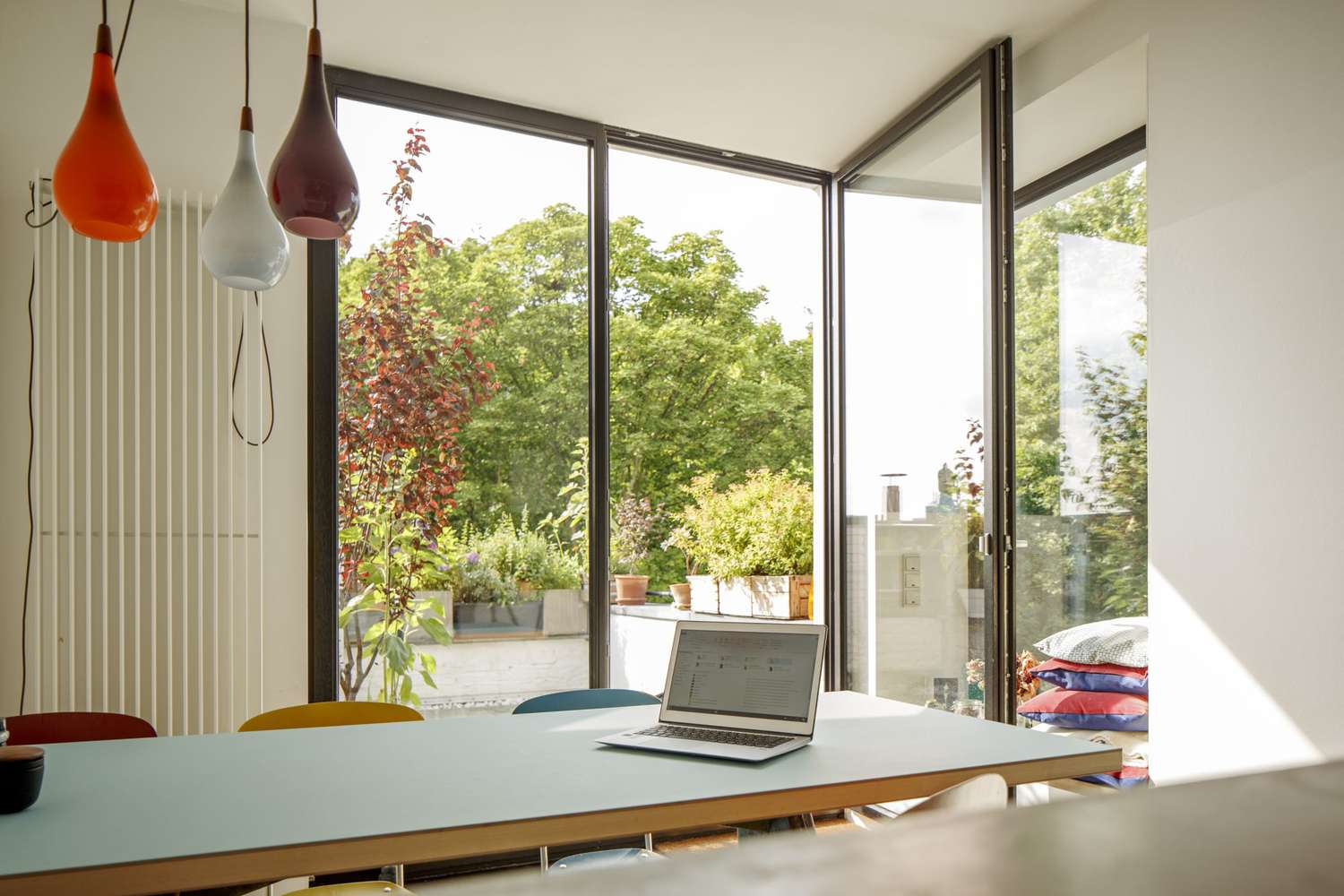- From incorporating air-purifying plants to utilizing activated charcoal and essential oils, these natural techniques can contribute to a healthier and more enjoyable living space.
When it comes to creating a healthy living environment, one crucial aspect often overlooked is the quality of the air we breathe indoors.
Indoor air pollution can have a significant impact on our well-being, leading to respiratory problems, allergies, and other health issues. While conventional air purifiers are widely available, there are natural alternatives that can help filter the air in your room.
By harnessing the power of nature, you can create a cleaner and fresher indoor atmosphere. In this article, we will explore various methods to naturally filter the air in your room, offering a more sustainable and chemical-free approach to improving air quality.
From incorporating air-purifying plants to utilizing activated charcoal and essential oils, these natural techniques can contribute to a healthier and more enjoyable living space.
Filtering the air in your room naturally can be achieved through several effective methods. Here are some strategies to consider:
Read More
1. Indoor Plants
Incorporate indoor plants known for their air-purifying properties. Plants such as snake plants, peace lilies, spider plants, and aloe vera can help remove toxins and improve air quality.
They absorb carbon dioxide and release oxygen while filtering out harmful pollutants.
2. Natural Ventilation
Open windows and doors to facilitate cross-ventilation. This allows fresh air to circulate and helps remove indoor pollutants. Consider installing window screens to prevent the entry of insects and debris.
3. Activated Charcoal
Place activated charcoal in your room to absorb odors, chemicals, and moisture. Activated charcoal has a porous structure that traps impurities, making it an effective natural air purifier. You can find activated charcoal in the form of bags or loose granules.
4. Beeswax Candles
Opt for beeswax candles instead of regular paraffin candles. Beeswax candles release negative ions when burned, which can help neutralize airborne pollutants such as dust, mold spores, and odors.
5. Salt Lamps
Salt lamps are made from Himalayan salt crystals and are believed to release negative ions when heated by the lamp. These negative ions can help neutralize pollutants in the air and create a more balanced environment.
6. Essential Oils
Use essential oils with air-purifying properties, such as tea tree oil, eucalyptus oil, or lavender oil. You can diffuse these oils using an oil diffuser or add a few drops to a bowl of water to naturally freshen the air.
7. Keep a Clean Environment
Regularly clean your room and remove dust, pet dander, and other allergens. Vacuum carpets, mop floors, and dust surfaces to minimize airborne particles. Use natural cleaning products to avoid introducing additional chemicals into the air.
It's important to note that while these methods can help improve air quality to some extent, they may not be as effective as dedicated air purifiers in filtering out microscopic particles or addressing specific air quality concerns.
If you have severe allergies or live in an area with significant air pollution, a high-quality air purifier may be a more suitable option.







